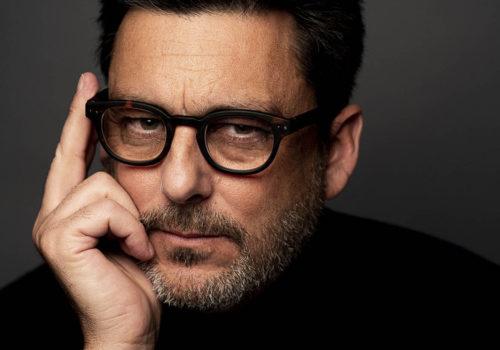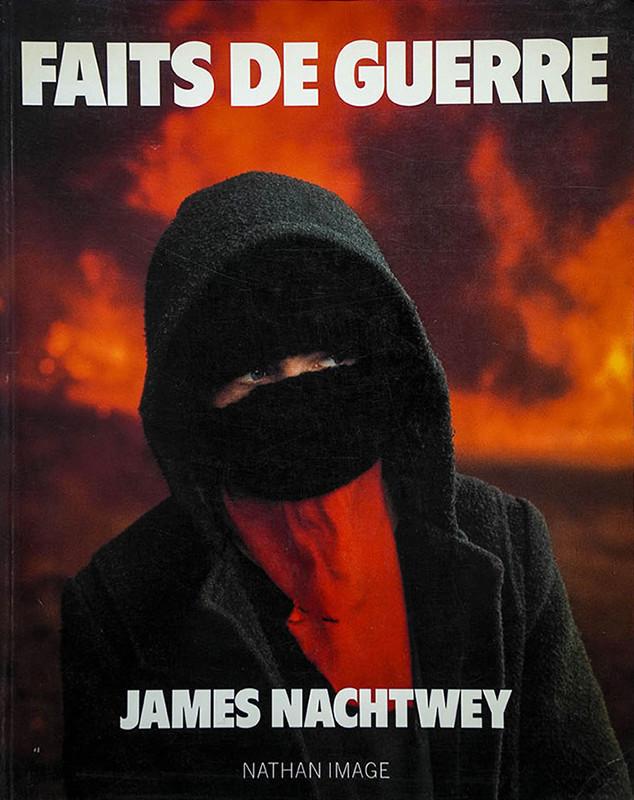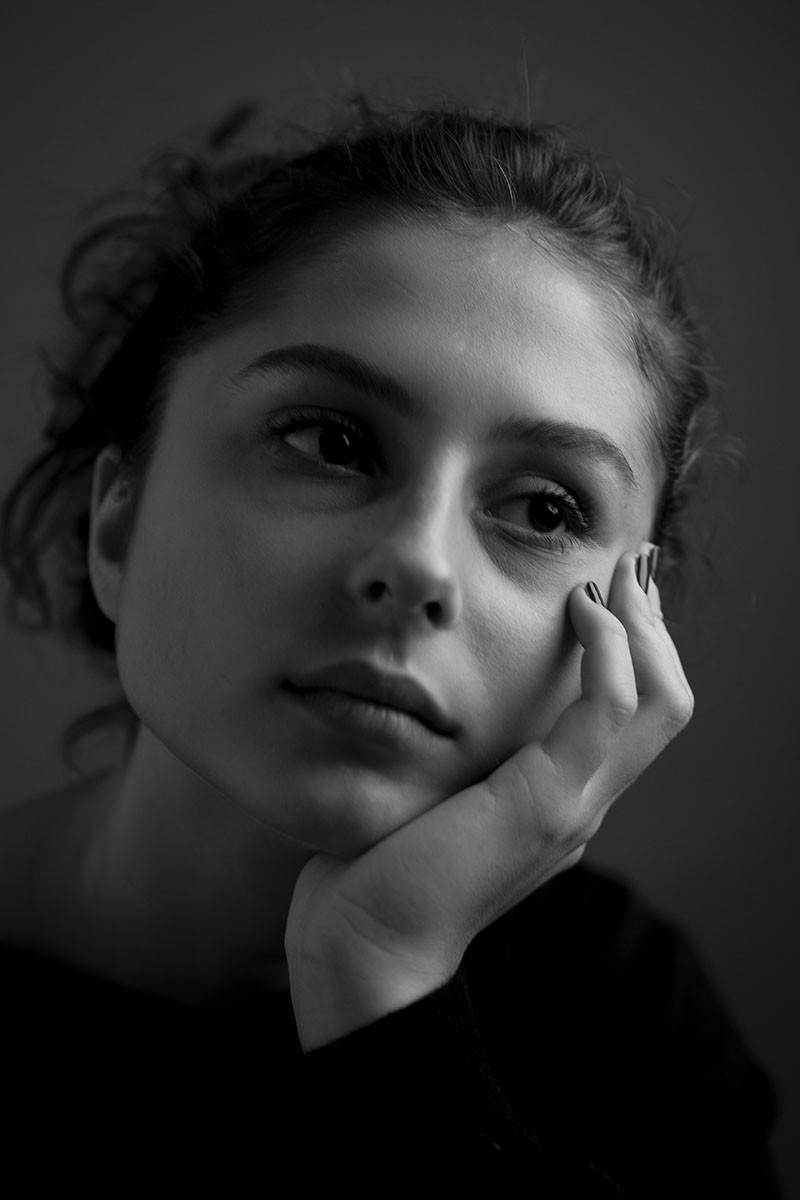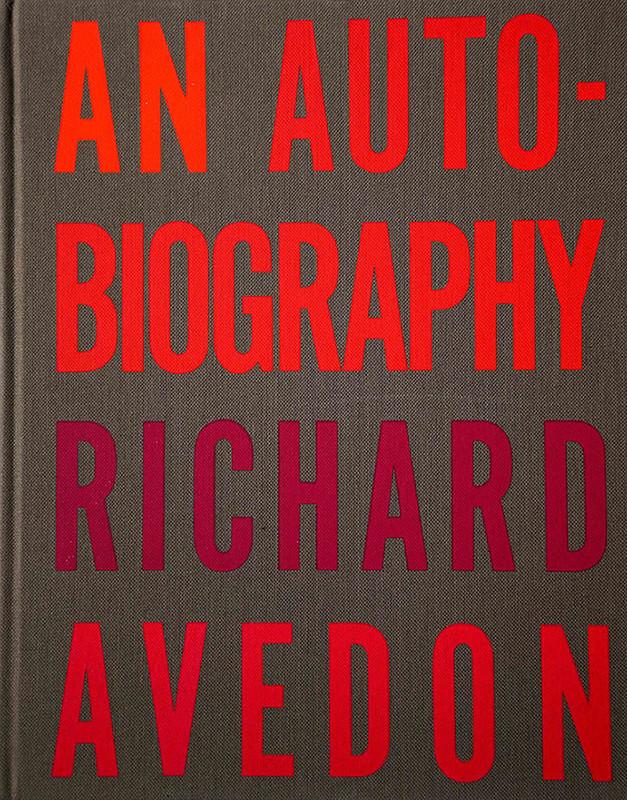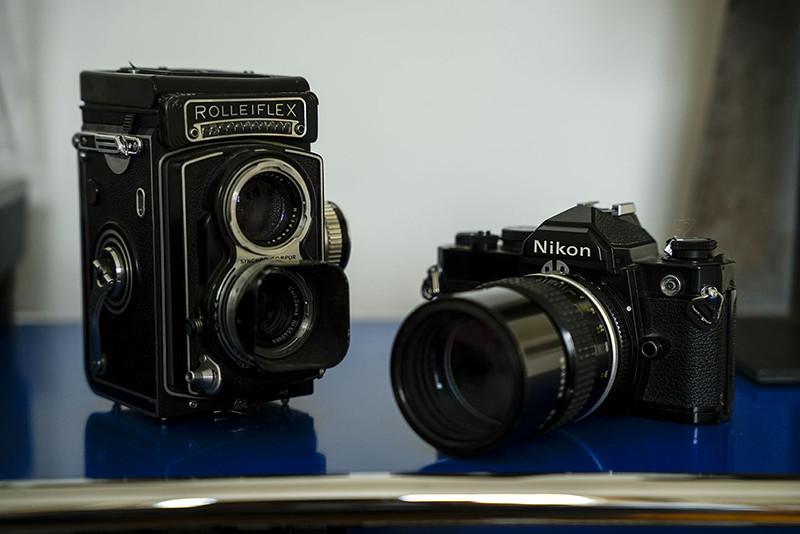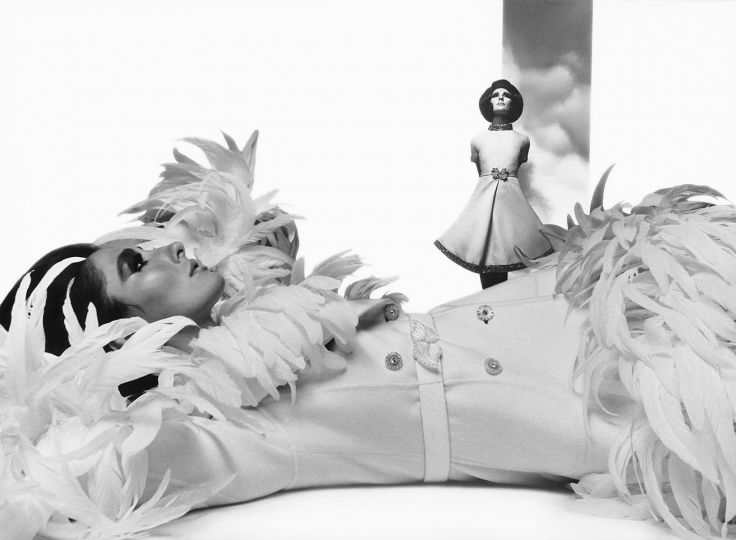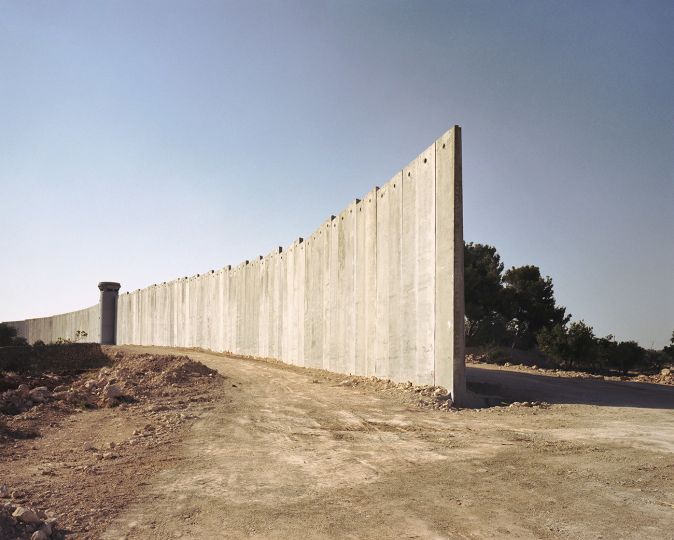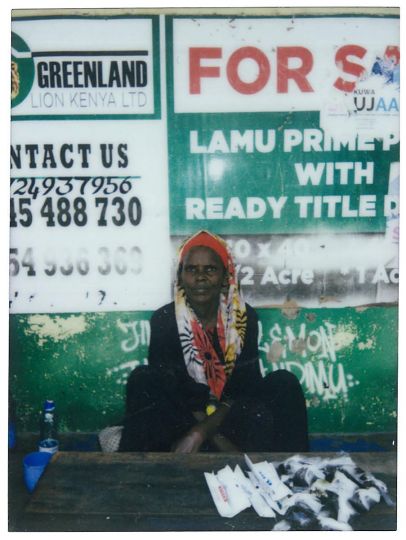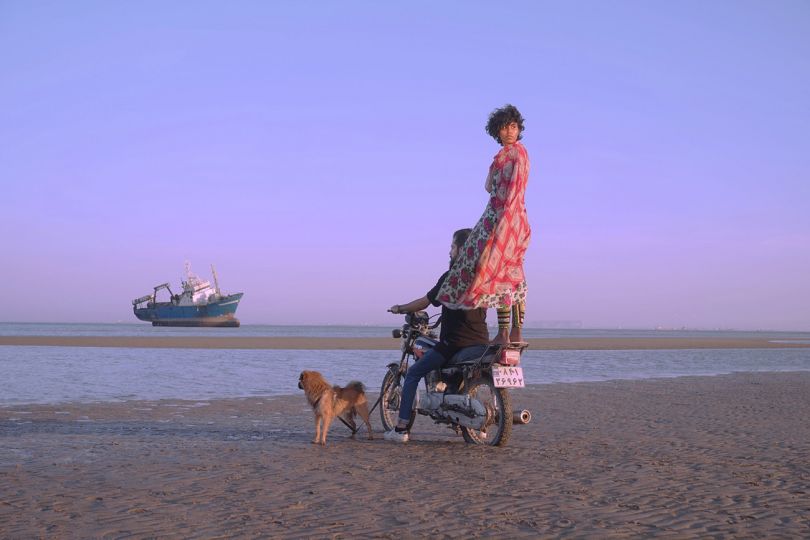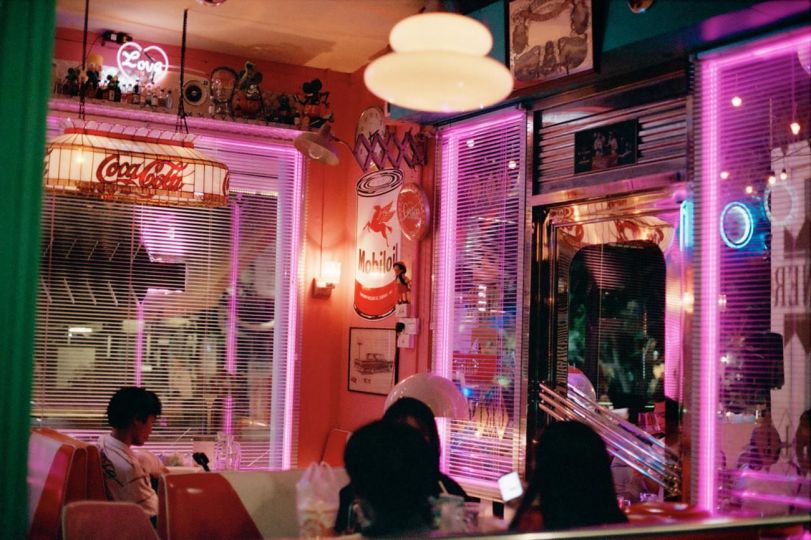Álvaro Canovas: Contrasts & Paradoxes
Renowned for his work in photojournalism, Álvaro Canovas has made a name for himself by capturing the essence of some of the most significant events in contemporary history. As a photojournalist for major magazines and newspapers, including decades of work at Paris Match, Canovas has built a career characterized by an impressive diversity of subjects and styles, ranging from coverage of global conflicts to intimate portraits of influential figures. What sets him apart is his empathetic eye and his ability to capture moments of raw truth—moments where humanity reveals itself in all its complexity. His approach to photojournalism is both direct and subtle, aiming not just to document but also to provoke thought in the viewer.
Canovas has traveled the world, covering major events such as conflicts in the Middle East, political crises in Latin America, and natural disasters in Asia. His photographs often carry a strong emotional charge, blending aesthetics and reportage to create images that tell a story far beyond the frame.
In addition to his fieldwork, Canovas has also developed a more personal body of work, exploring themes such as the human condition, collective memory, and social transformation. His exhibitions and publications reveal a fascination with the contrasts and paradoxes of modern life, captured with a sensitivity that is uniquely his own. Álvaro Canovas is a key figure in French photojournalism, appreciated as much for his technical talent as for his ability to engage viewers through powerful visual narratives.
Website : www.alvarocanovas.com
Instagram : alvaro.canovas
Your first photographic spark?
Álvaro Canovas: Probably reading an old Life magazine photo book that was at home.
The image-maker who inspired you?
Á.C. : Richard Avedon.
The image you wish you had taken?
Á.C. : I’ve never asked myself that question.
The one that moved you the most?
Á.C. : The portrait “Sad Marilyn,” sticking with Avedon.
And the one that made you angry?
Á.C. : All those that depict the horrors of war.
Which photo changed the world?
Á.C. : I don’t believe a single image has that power.
And which photo changed your world?
Á.C. : Probably a photo by James Nachtwey from his book Deeds of War published in the late ’80s.
What interests you most in an image?
Á.C. : Its narrative strength.
What was the last photo you took?
Á.C. : A portrait of my daughters Stella and Elektra.
A key image in your personal pantheon?
Á.C. : A widow in Afghanistan who, by accident, allowed me to photograph her face as she dropped her veil—it’s a key image, a pivotal moment for me.
A photographic memory from your childhood?
Á.C. : The smell of Kodak film canisters that I would open by the dozen in my father’s office just to breathe in the scent.
In your opinion, what quality is essential to being a good photographer?
Á.C. : Patience, especially in my field, which is news.
What makes a good photo?
Á.C. : Its narrative power.
The person you’d like to photograph?
Á.C. : Every day, I see strangers whose portraits I would like to take.
An indispensable photo book?
Á.C. : Richard Avedon : An Autobiography.
The camera from your childhood?
Á.C. : One of my father’s Nikon FMs.
The one you use today?
Á.C. : Sony Alphas and a Leica Q2.
How do you choose your projects?
Á.C. : Mostly from current events—they must interest me, be of interest to Paris Match readers, and be reasonably feasible.
An upcoming project that is close to your heart?
Á.C. : I’m too superstitious to talk about it.
Your favorite drug?
Á.C. : Work.
The best way to disconnect for you?
Á.C. : Fishing by a river.
What is your personal relationship with images?
Á.C. : I see the world through a frame, a composition.
Who would you like or have liked to be photographed by?
Á.C. : The English photographer John Stewart took my portrait when I was 7 years old—I’ll leave it at that!
Your last extravagance?
Á.C. : Renting a Dammuso for two weeks last summer, the traditional house of Pantelleria Island.
An image to illustrate a new banknote?
Á.C. : An image of trees or a river—nature, in any case.
The job you wouldn’t have liked to do?
Á.C. : I wouldn’t want to be reincarnated condemned to do the job I would name here, but I think all real jobs are noble.
Your greatest professional extravagance?
Á.C. : The months, the years I would have spent waiting for the right moment.
What question could make you lose your temper?
Á.C. : I’ve learned to control my emotions over time.
The last thing you did for the first time?
Á.C. : I successfully made an authentic Caesar salad dressing.
The city, country, or culture you dream of discovering?
Á.C. : Japan, where I’m going soon—it’s not my first trip, but it’s part of a continuing exploration.
The place you never tire of?
Á.C. : Home.
Your biggest regret?
Á.C. : It’s too early to say, at least I hope…!
In terms of social media, are you more Instagram, Facebook, or TikTok, and why?
Á.C. : Instagram, even though I don’t master its subtleties.
Color or black and white?
Á.C. : Black and white, though I’m not ultra-orthodox on the matter.
Daylight or studio light?
Á.C. : A mix of both.
What is, in your opinion, the most photogenic city?
Á.C. : New York, obviously.
If God existed, would you ask Him to pose for you or opt for a selfie with Him?
Á.C. : I’d ask Him to pose for me.
If I could organize your ideal dinner, who would be at the table?
Á.C. : If I had that chance, I’d invite my deceased family and friends—I’m a nostalgic guy.
The image that represents the current state of the world for you?
Á.C. : Any image dealing with air pollution or similar issues.
If you had to start all over again?
Á.C. : I would probably save a lot of time.
Afterwards, what would you like people to say about you?
Á.C. : I’d especially like my daughters to say that I was a wonderful father.
One thing people should absolutely know about you?
Á.C. : That I’m looking for a good guitar teacher…
One last word?
Á.C. : Don’t be afraid.

